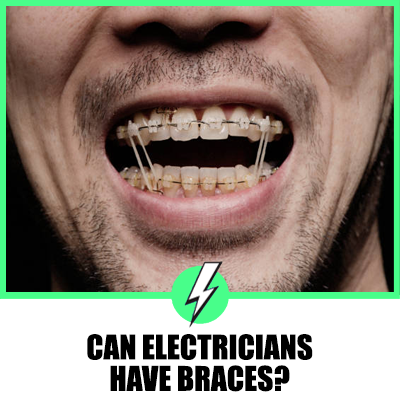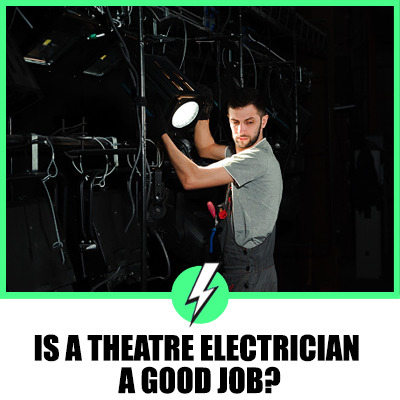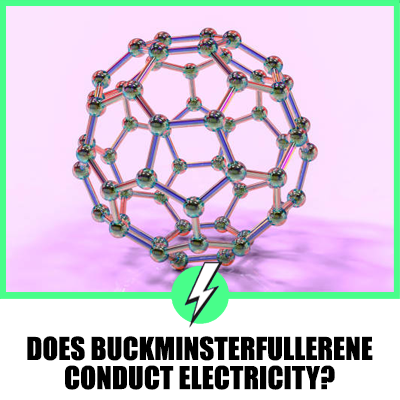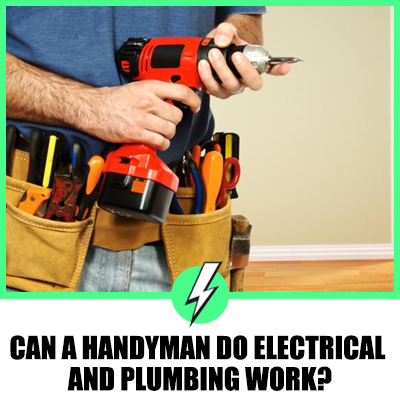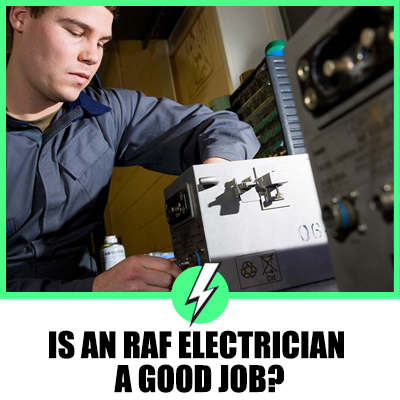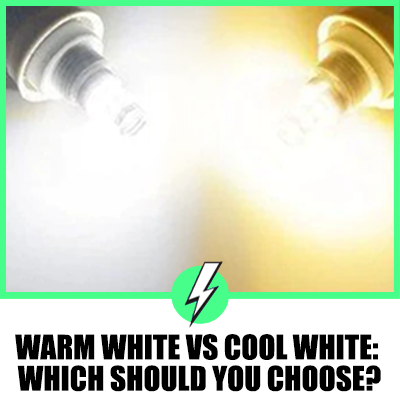Wiring For A Hot Tub
Do all hot tubs have the exact wiring requirements? If a permanent gazebo covers your hot tub is it still considered to be outdoors?
Not all hot tubs have the same wiring requirements for installation, such as a plug and play hot tub that can be powered from an outdoor IP 66 socket with a 13 amp plug. However, the zones for electrical installation will still apply. If your hot tub is outside of the dwelling covered or not, it’s still outside.
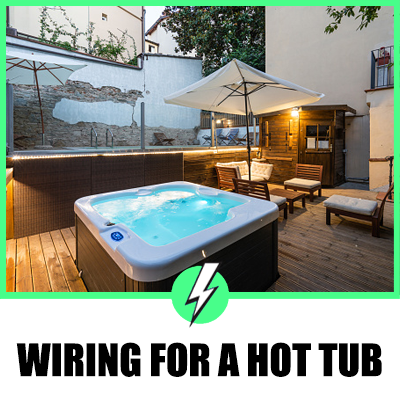
Contents
Are hot tubs common in the UK?
Yes, It was reported that in November of 2021 that there were 650,000 hot tubs installed across the country. Although this represents approximately 1% of the population, the hot tub phenomenon is still growing.
There are different types of hot tubs, from the cheap and cheerful plug and play type to the rigid construction-permanent in situ types of a hot tub.
The general thought is that the plug and plays hot tub does not need an electrician for the installation because it has a 1 amp socket for its main power supply.
Are hot tubs safe?
If installed correctly, hot tubs are safe. Your hot tub should be installed by a qualified, competent electrician familiar with BS 7671:2018+A1:2020. National wiring regulations.
Without a correct installation, there can be an increased risk of electrocution. Electric shock in or around a hot tub increases due to the persons using the hot tub being wet.
Being wet reduces the body’s resistance, which in turn allows electricity to flow through the body in the event of coming in contact with live components.
When using a hot tub, you are likely to walk outside of the hot tub without protection on your feet which enhances the possibility of contact with the earth should an electrical fault occur.
The same risks apply to swimming pools.
Do hot tubs have zones for electrical installation?
Yes, the zones are designated by the 18th edition IEE, and the hot tub also falls under par P of the building regulations.
Zones:
Note: The dimensions are measured, taking into account walls and fixed partitions.
Zone 0 and 1
All switchgear and accessories, including boxes, shall not be installed in zone 1 except SELV (Safety Extra Low Voltage) junction boxes.
The only permissible wiring in zone 0 and 1 is to supply power to equipment in those zones. It is preferred that nonconducting conduit or armoured cable be used.
Zone 2
Sockets/outlets, switches and accessories are permissible in zone 2 on the proviso. They are protected by electrical separation, SELV or a 30mA RCD.
Cables should be in a nonconductive insulated conduit or armoured cable; all enclosures must have a minimum of an IP 65 rating if exposed to water jets for cleaning purposes.
Can you install a socket outlet for a hot tub?
Yes, in zone 2. There are no regulations or provisions for installing sockets for a hot tub, so common sense has to prevail.
If the manufacturer requires a socket, it must be fitted in zone 2. However, the socket must be a minimum of an IP 65 enclosure and must be protected by automatic disconnection of supply.
Meaning the socket should be protected by a 30mA RCD
Can you install lights around a hot tub?
Yes, if wall-mounted or on a ceiling. It is not permitted to use lights at ground level, or as so many hot tub owners like to do, is to use recessed or flush-mounted floor lights.
The lighting must be class 2 and have medium severity impact resistance.
There are many regulations around lighting for hot tubs and swimming pools that need adhering to so as not to fall foul of part p of the building regulations.
What kind of RCD should you use for a hot tub?
Follow the manufacturer’s guidelines. RCDs vary depending on what type of electronics are used to control the hot tub.
There are circuits to control tub lights, music, water jets and air pumps, and all can be used in conjunction with each other simultaneously. This could dictate the RCD rating.
If there is a possibility of DC voltage blinding the RCD, you will need to use a type A RCD (AC RCD will be obsolete from September 2022).
Upstream RCD protection should also be upgraded for total protection.
What level of touch voltage is considered dangerous for a wet person?
It’s a complex subject. Any voltage to a wet person is dangerous.
The water in your hot tub is likely to become more conductive than, say, normal tap water, and this is why.
You will be adding chemicals such as chlorine and other shock treatments to keep the water what you perceive as clean. You will add alkaline powders to try and prevent the chlorine from evaporating quickly.
You may even have silver ionisers in the filtration system to add sparkle to the glistening water.
All of the above increases the water’s conductivity, which is why touch voltage is difficult to calculate. However, there are tables available to give you an idea of touch voltages that can harm you:
Figure 2: Table 2 – Tables providing minimum touch voltage threshold
Do hot tubs fall under Part P of the building regulation?
Yes, Hot tub installations are designated as special areas installations and, as such, can only be undertaken by a qualified accredited, competent electrician.
The circuit has to be designed and fitted within the framework of the rules and regulations of BS 7671 IEE.
Who is responsible for the correct installation of a hot tub?
The homeowner. It is the complete responsibility of the homeowner to make sure the hot tub is installed in accordance with the regulations of both BS7671 and Part P of the building regulations that special state areas ( hot tub installation is one of those areas) are notifiable work.
